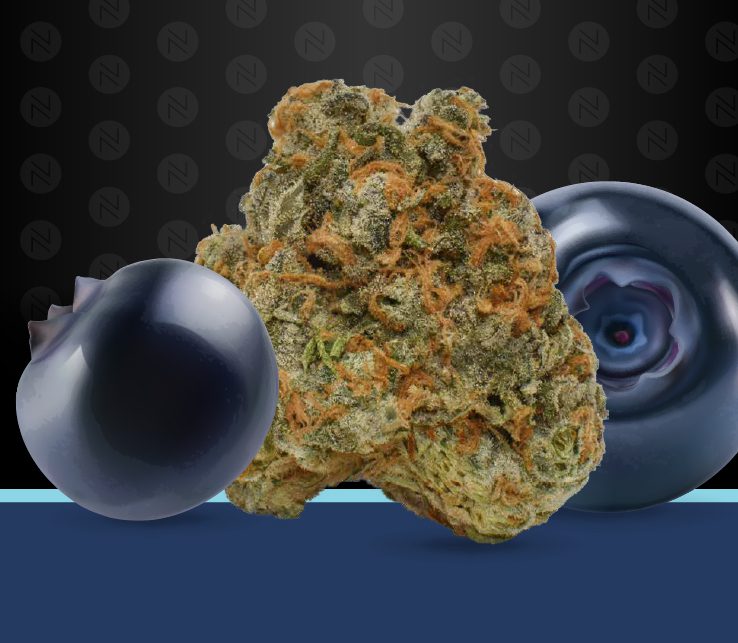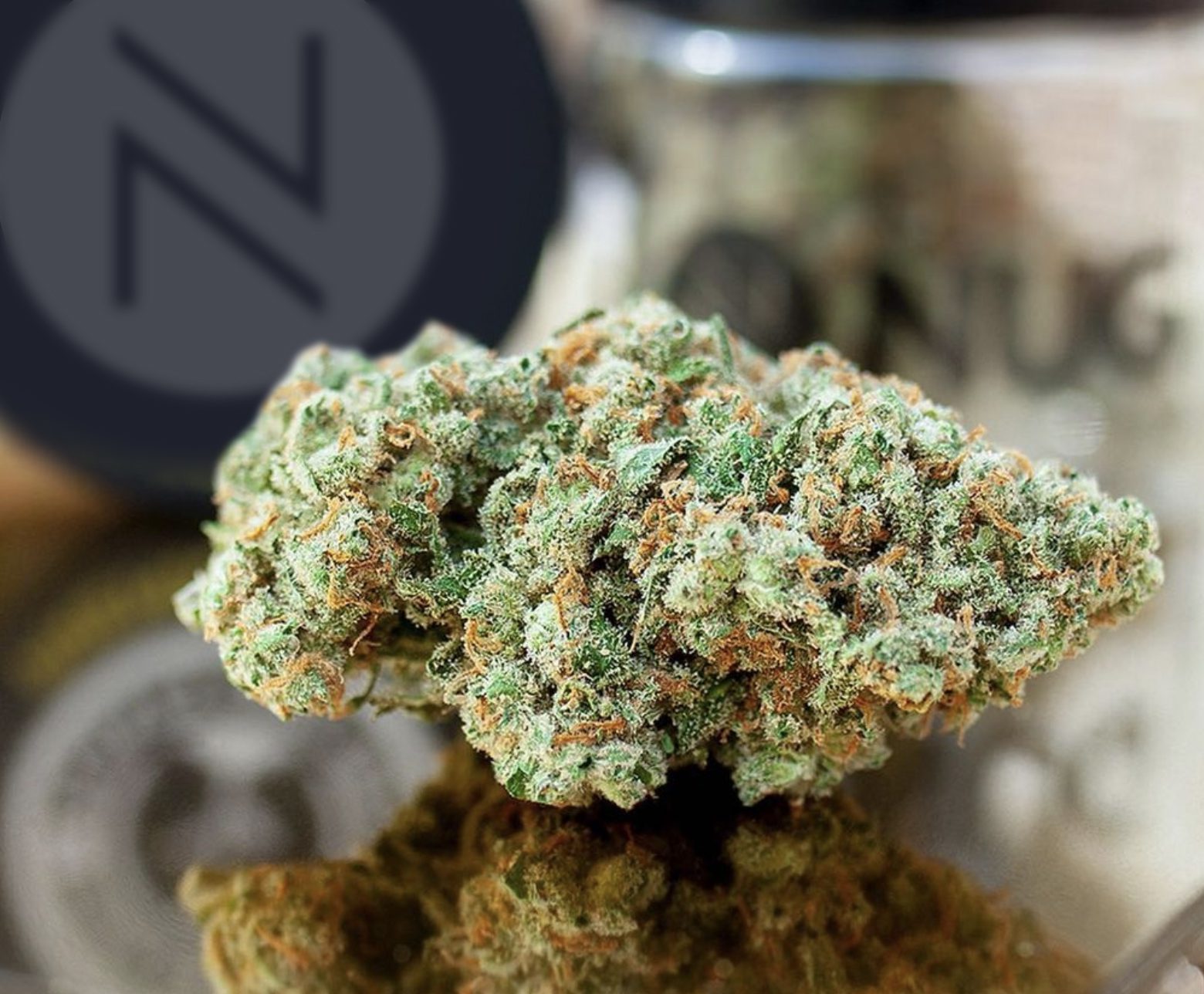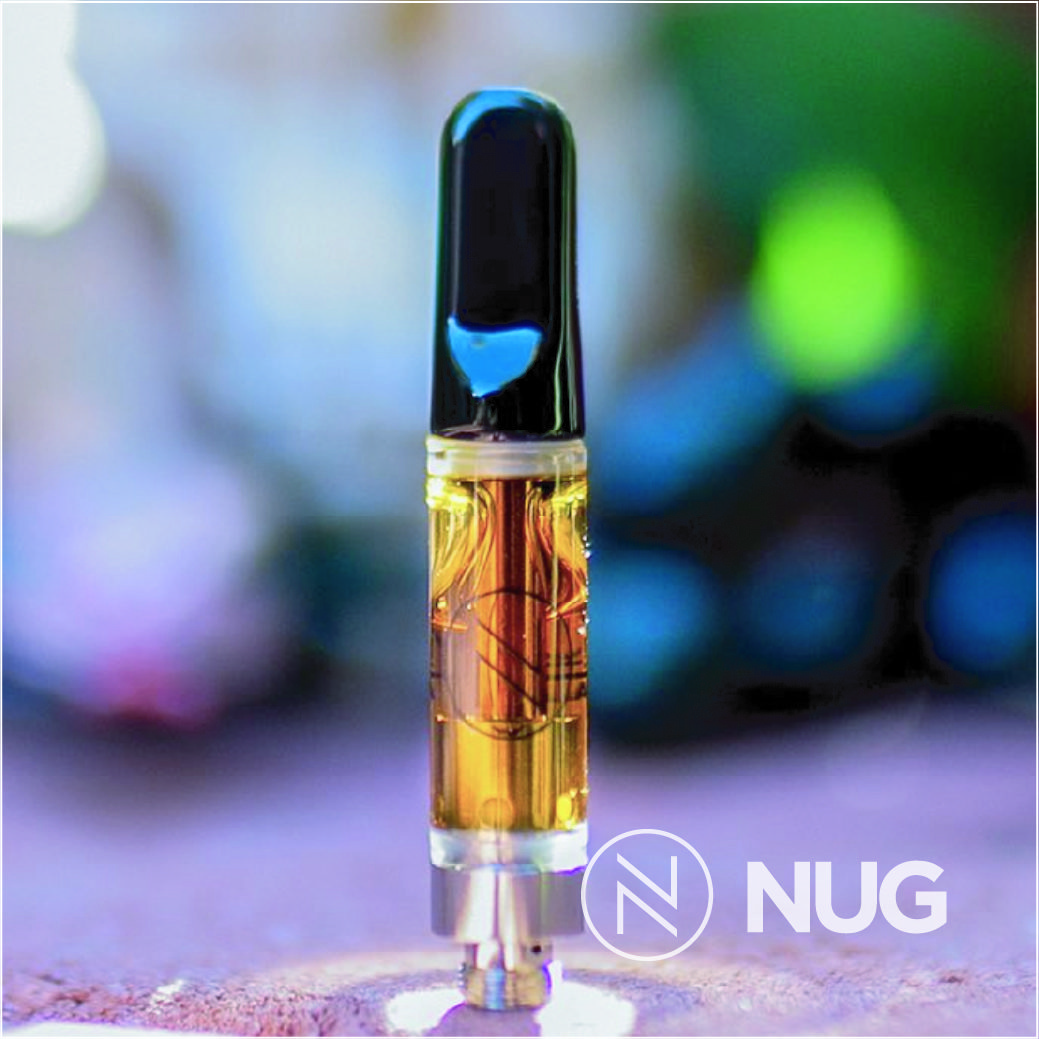
It’s the season of harvest…and Fall brings more than just pumpkin spice and hauls at apple orchards. ‘Croptober’ as culturally termed has arrived for cannabis crops across the nation.
But as a daily or occasional cannabis consumer…do you really know the work behind the scenes to get your NUGS on the shelf? Light up, kick back, and let’s review how cannabis cultivators harvest sweet weed stashes for the masses.
What goes up must come down
After months of hard work caring for crops, the real labor begins in preserving the precious goods after cannabis growth has reached its final stage. Whether growing indoors or outdoors, the steps to harvesting and protecting the integrity of the crops are the same. Of course, all depending on the specific grower’s preference or experience too.
But most important to know for your own high, is that the curing process of plants equally affects cannabinoid and terpene count. Meaning, however the harvested flower is dried and cured will ultimately determine potency, flavor, and even the harshness of your hits.
You’ve probably heard of THCA by now, or at the very least THC. THCA is converted to THC upon heat – like, sparking a bowl. Once cannabis plants are cut down, the biosynthesis process that produces THCA and cannabinoids doesn’t stop completely. In ideal conditions for drying, nugs even gain potency through the growth of THCA.
So, first things first, and that’s cutting down the whole plant to hang and remove moisture. Before this is done, unnecessary leaves or fan leaves are removed. Then, cultivators must remove the stem or branches, to prepare for drying. Some growers hang the whole plant, while others hang individual branches in drying racks or systems.

Water in, water out
Normally, plants are ‘flushed’ at the end of their growing cycle to wash out nutrients or minerals used to support growth. If you want the purest pot product, it’s recommended to flush or only water plants, during the last week of their flowering phase.
But of course, the waters’ got to go. And temperature and humidity levels are key for properly drying cannabis crops. The room that weed is hung to dry in is also crucial. Considering, it’s about to be fragrant. Most cultivators use carbon filters to keep aroma levels down in the area.
Like we previously mentioned these factors also affect the smoothness of the smoke you’ll be inhaling.
The minerals, and sugars that chlorophyll produce, break down during the drying process as terpene and cannabinoids amp up. If these sugars or minerals don’t evaporate completely, it can lead to harsh hits or burning throats after smoking.
Depending on the environment, and size of buds, the drying phase alone usually takes 1-2 weeks.

Curing
The final step in any harvest (beyond enjoying the fruits of hard labor), is the curing process. And to start curing, it’s trimming or manicuring time. The nugs are cut from the stem, and any remaining leaves without trichomes, aka, crystals, are trimmed off too.
To cure, the buds are stored in airtight containers. Hence, the popularity of ‘mason jars’ for marijuana storage, since they’re commonly used for this harvest step. Airtight is especially important, as oxygen can also degrade terpenes while curing.
While the jars are stored in cool, dark spaces, they are ‘burped’ daily during the first week of the curing phase. This means, opening the lids of the jars and letting the flower breath and release moisture a few times a day. Missing this step can lead to moldy or rotten buds.
Usually, weed is ready for use within 2-3 weeks after being jarred and cured. But certain strains can be properly cured for up to 8 weeks, and sometimes even longer.
Hard work pays off
All in all…the hard work is worth the wait. Unlike the old world of black market weed, now Cannabis connoisseurs like NUG, have put countless hours towards research, and growing, to produce top shelf tier cannabis goods. Check out NUG’s current selection of strains, our cultivators work hard to curate and harvest, year-round.










